161. Clouds of pollen
How conifers release huge clouds of pollen.
Supports: textbook Science: plants, environment, conservation, save the planet
Playing time: 3 min
 
|
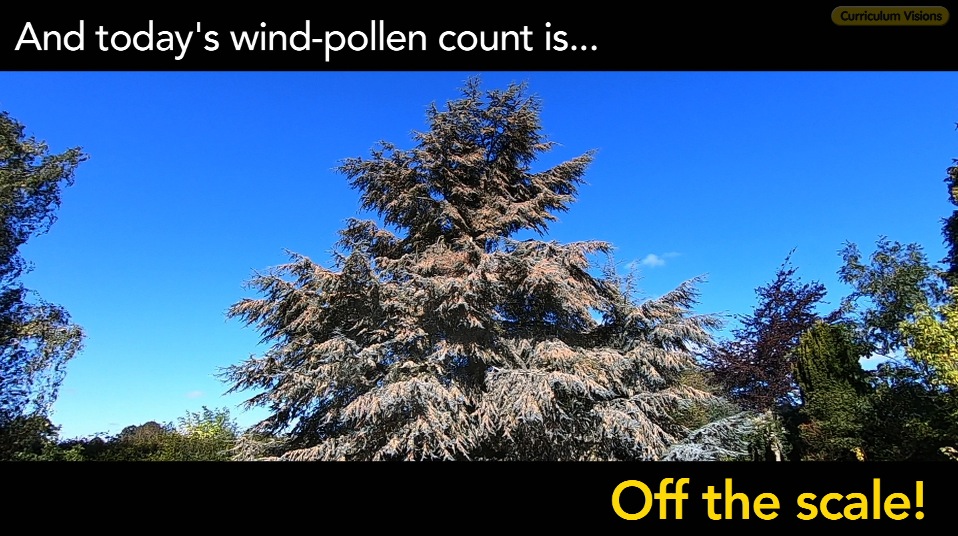
|
162. New York in timelapse
The main features of New York City in timelapses.
Supports: textbook Geography: settlement. Also Roadrtrip America (Cornerstones)
Playing time: 2 min

|
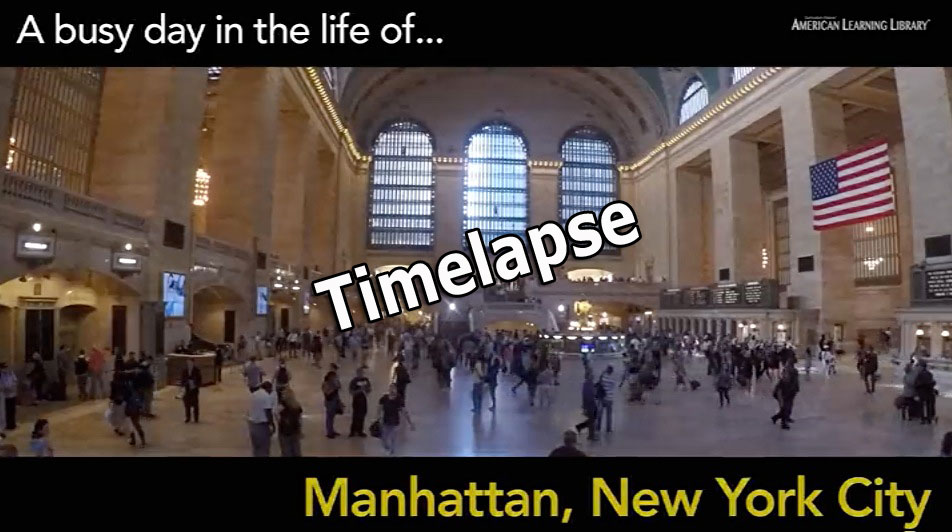
|
163. Cave system
How caves form including stalactites and stalagmites.
Supports: textbook Science: dissolving, limestone rock; Geography: river, limestone rock
Playing time: 6 min
 
|
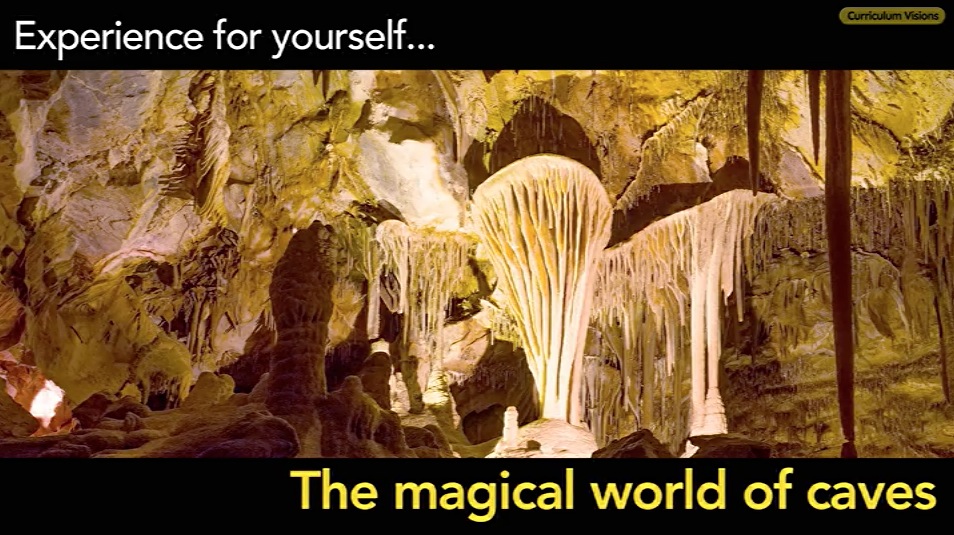
|
164. Saxon farming
How Saxons had to organise their lives to supply all of their needs.
Supports: textbook History: Saxon raiders and settlers
Playing time: 6 min

|
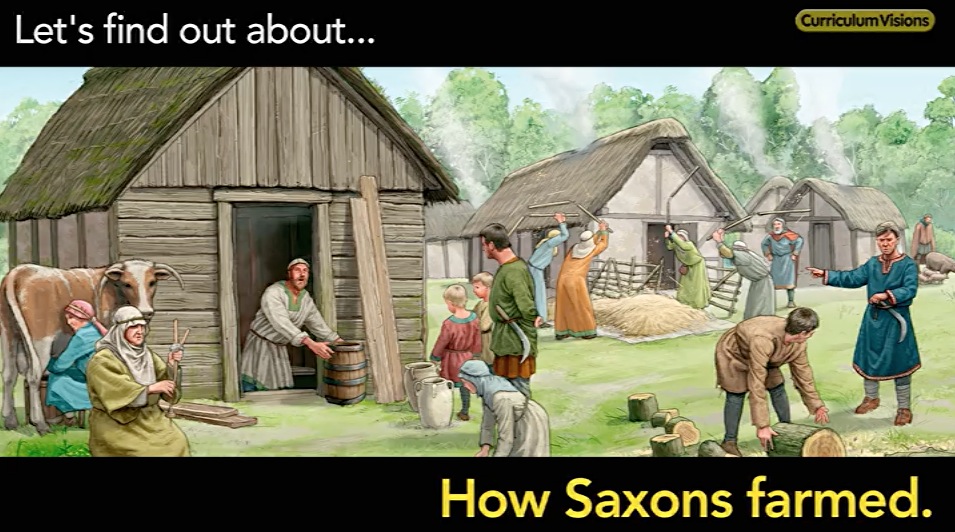
|
165. Saxon society
The differences between Saxon rich and poor, including clothing.
Supports: textbook History: Saxon raiders and settlers
Playing time: 6 min

|
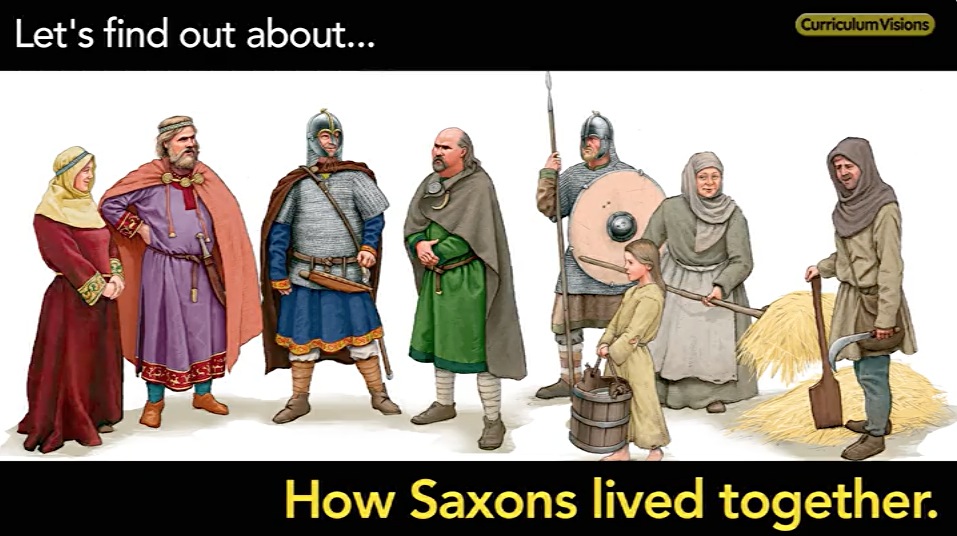
|
166. Saxon food
How they cooked and what they cooked with.
Supports: textbook History: Saxon raiders and settlers
Playing time: 6 min

|
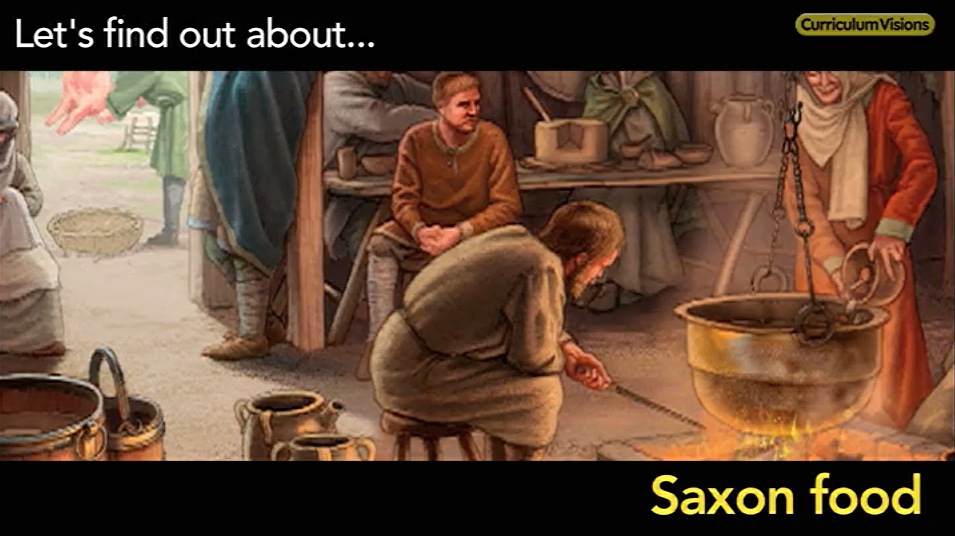
|
167. Saxon Village
How Saxon villages were organised.
Supports: textbook History: Saxon raiders and settlers
Playing time: 6 min

|
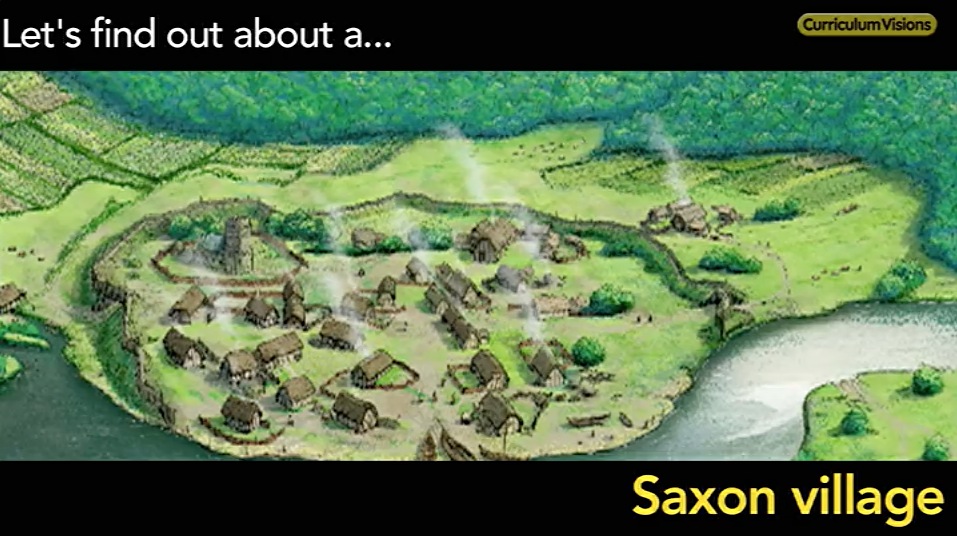
|
168. Saxon Scribes
Venerable Bede and Saxon Chronicles.
Supports: textbook History: Saxon raiders and settlers
Playing time: 6 min

|
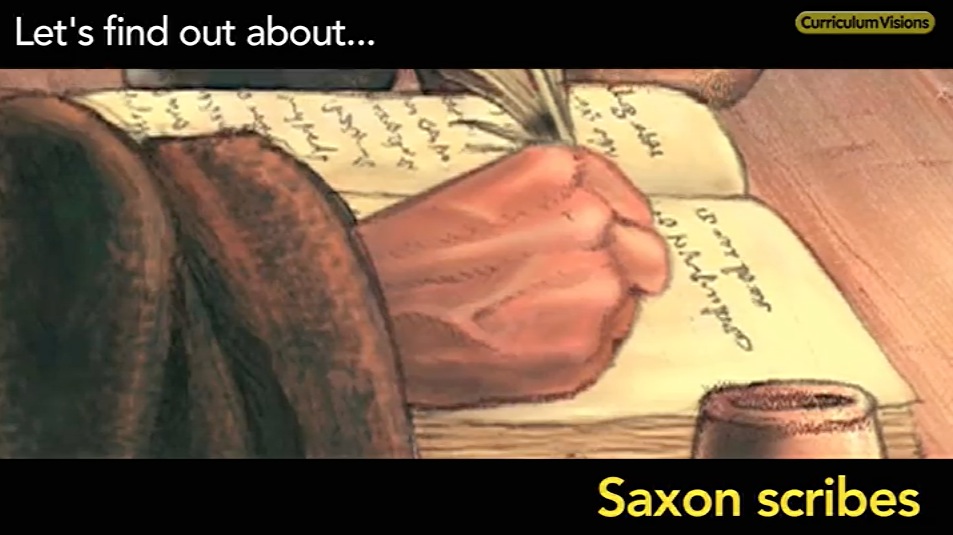
|
169. Saxon Burh (fortified towns)
How Alfred the Great organised towns so they could defend themselves from the Danes.
Supports: textbook History: Saxon raiders and settlers
Playing time: 6 min

|

|
170. Saxon Ship burial
How pagan Saxons buried kings in ships (for example at Sutton Hoo).
Supports: textbook History: Saxon raiders and settlers
Playing time: 6 min

|
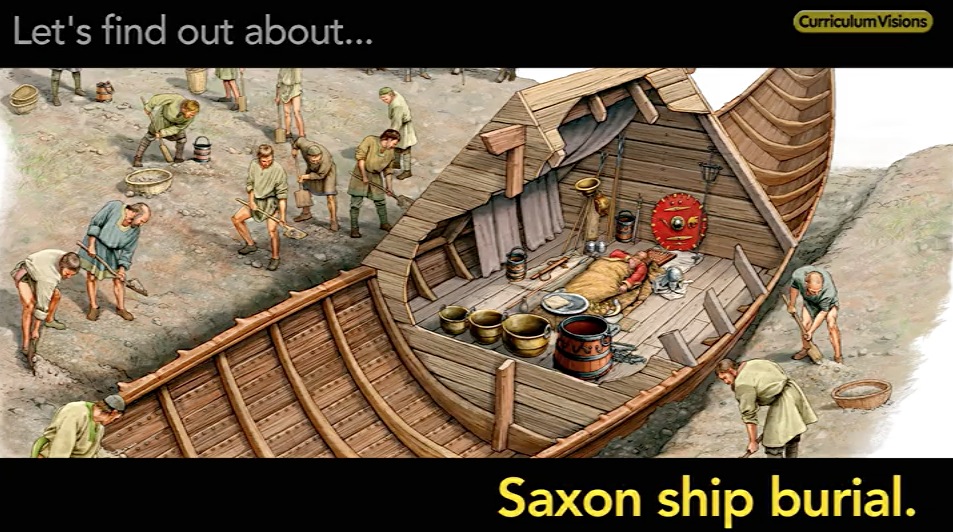
|
171. Secrets of a Halloween pumpkin
What pumpkins were really used for (as well as faces).
Supports: textbook History: Pilgrims; Science: Food, plant
Playing time: 5 min

|
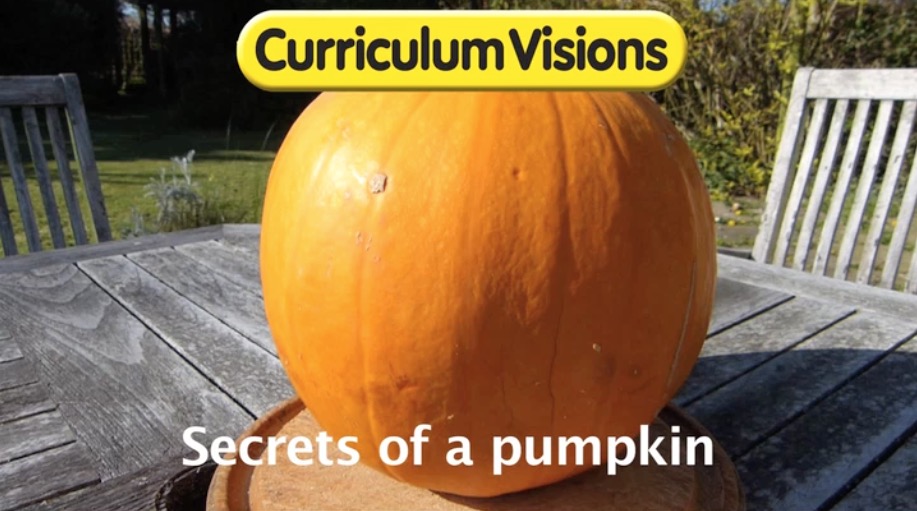
|
172. How fireworks work
What goes on inside a firework.
Supports: textbook History: Guy Fawkes; Science: irreversible change
Playing time: 3 min

|
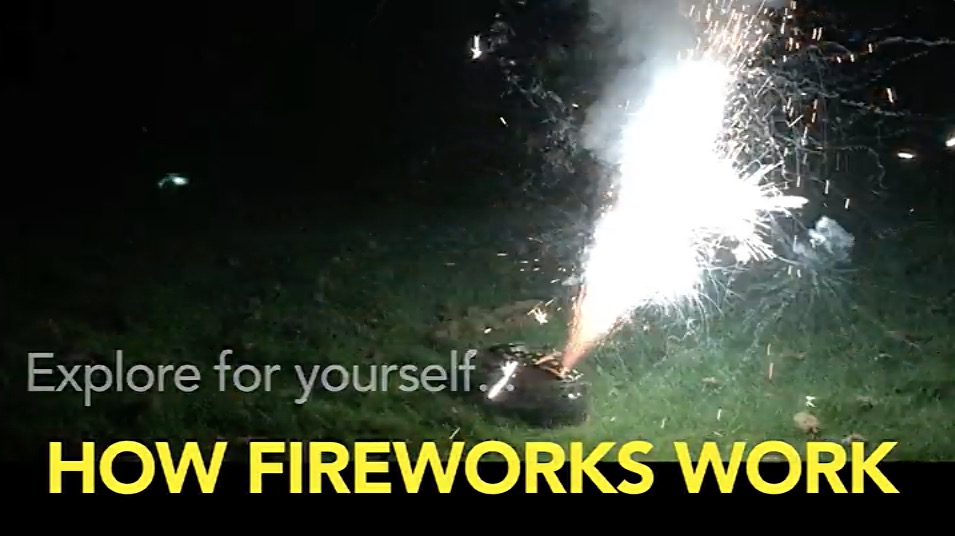
|
173. Dissolution of monasteries in Tudor times
An example of a ruined monastery (Egglestone).
Supports: textbook: Tudor times. History: Henry VIII, Tudors; Dissolution of monasteries
Playing time: 5 min

|
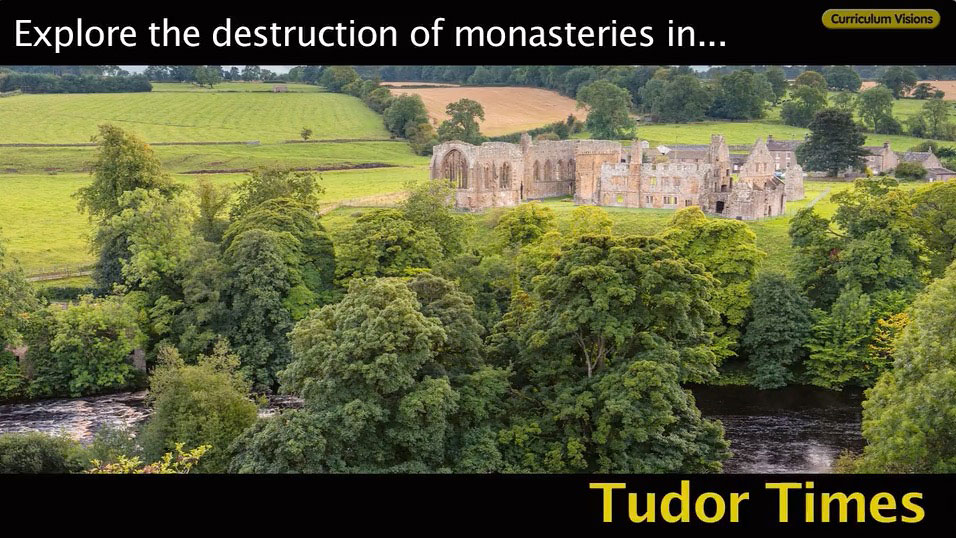
|
174. Ragged shower cloud of a depression
Typical shower weather following a front.
Supports: textbook: Weather around our world. Geography/Science: depressions, low pressure, clouds, convection
Playing time: 1 min

|
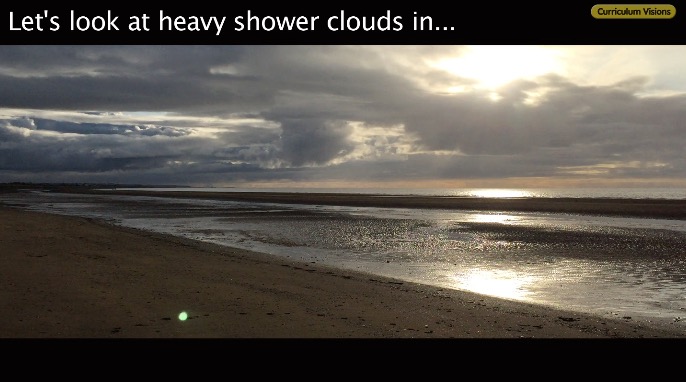
|
175. Dark stratus cloud of a depression
Typical thick, dark layer stratus cloud in a front.
Supports: textbook: Weather around our world. Geography/Science: depressions, low pressure, clouds
Playing time: 1 min

|
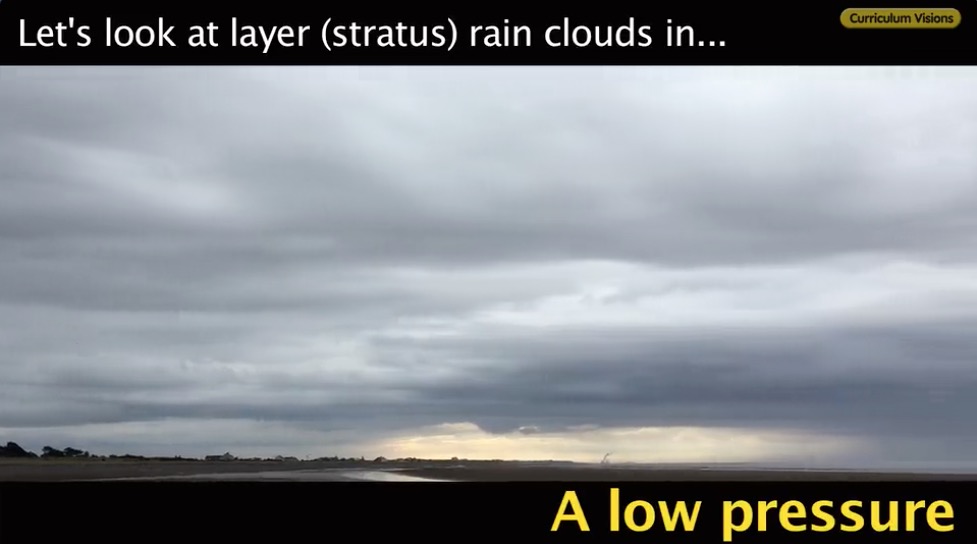
|
176. What was Offa's Dyke?
Walking along Offa's Dyke with historic context narrative.
Supports: textbook: History: Saxon raiders and settlers
Playing time: 5 min

|
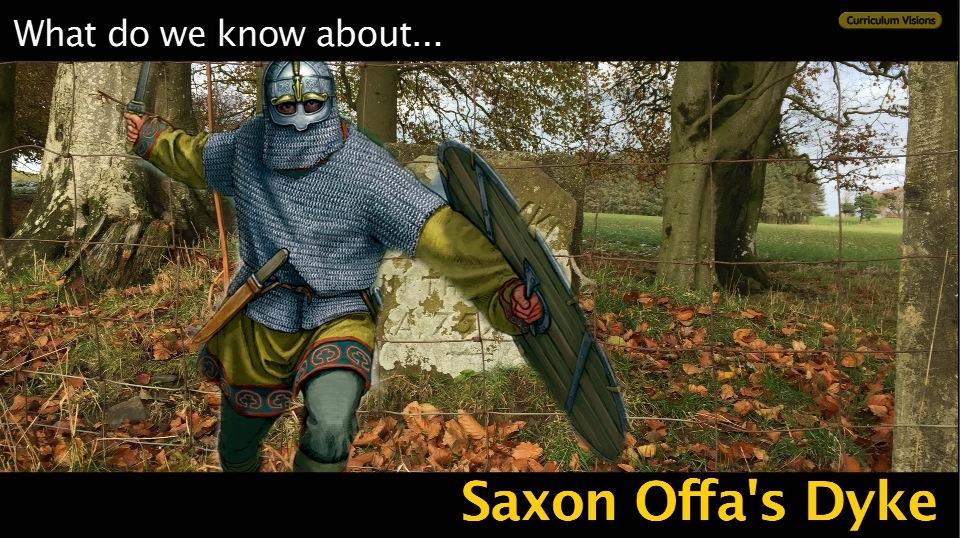
|
177. What do we know about ghost mines?
Industrial archaeology and good for a local study.
Supports: textbook: History: Victorians
Playing time: 5 min

|
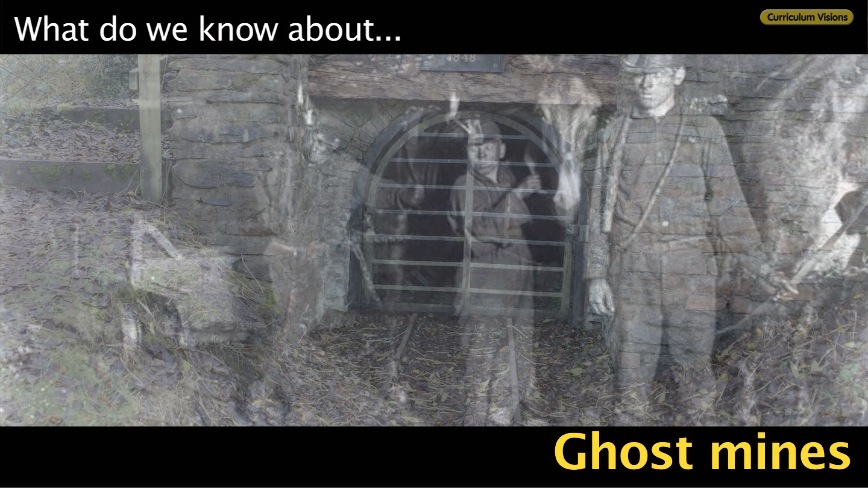
|
178. The march of the mushrooms
How mushrooms grow, what they do, and how they fit into the food chain.
Supports textbook: Science:food chains, creative topic: Mould.
Playing time: 5 min

|
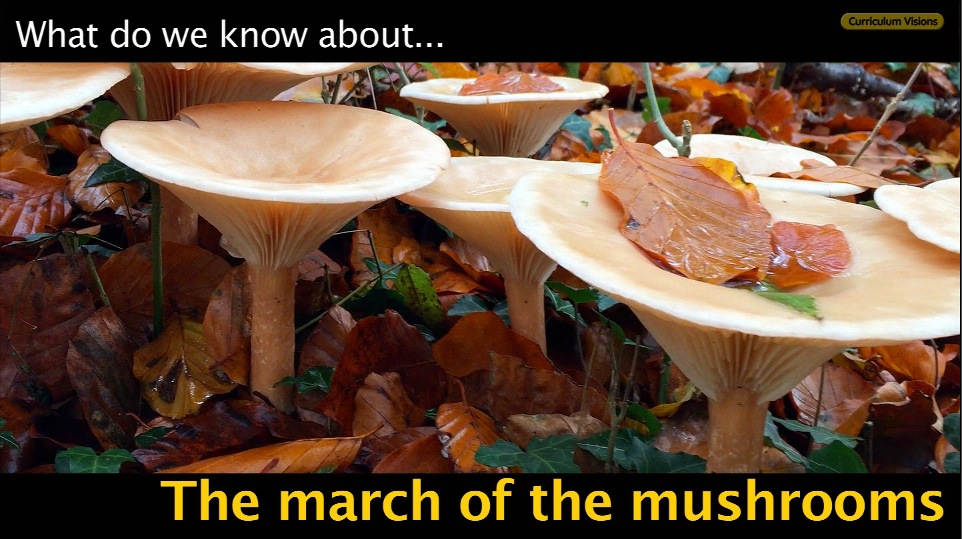
|
179. Custer's Last Stand
The Battle of the Little Bighorn between Native Americans and the US Army under Custer.
Supports textbook: History: frontier
Playing time: 5 min

|
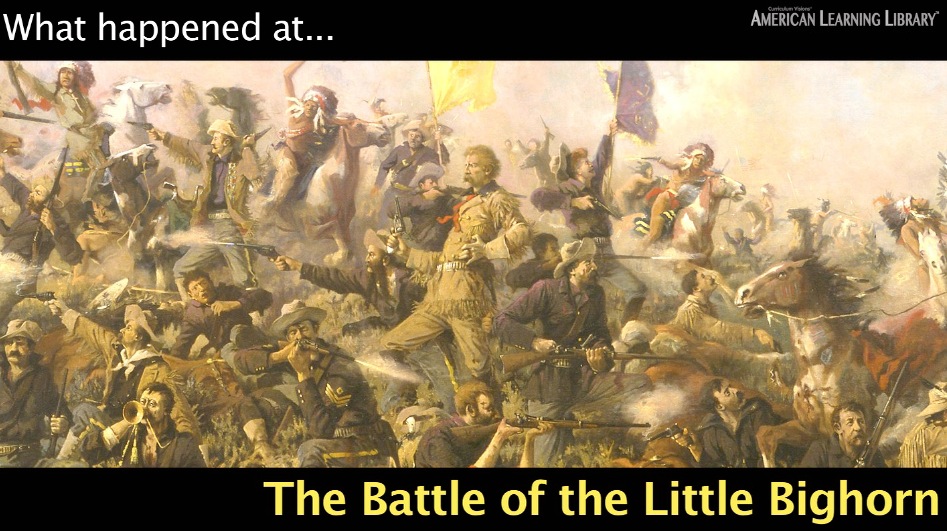
|
180. Vultures
Large carrion that are a vital part of teh food cycle and that help to keep down disease
Supports textbook: Science: habitats; also Geography: biomes-savanna
Playing time: 3 min

|

|





















